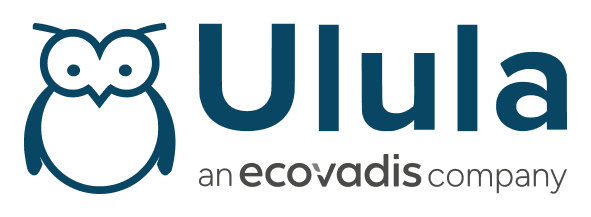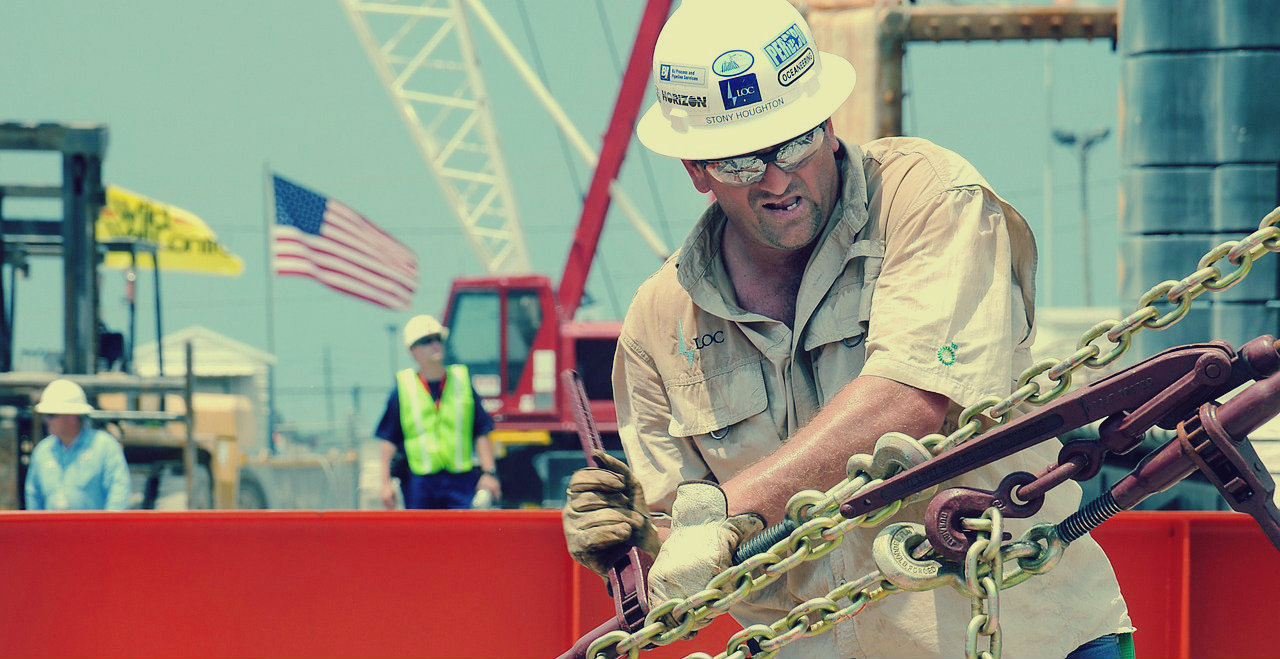An ever-increasing number of companies use “pulse surveys” – frequent, real-time staff polls powered by digital technology – to gauge how happy and engaged their employees are. Reconfiguring these quick-fire polls for applications in occupational health and safety (OHS) and health, safety and environment (HSE) in the extractive industries has the potential to accelerate the journey towards zero harm in oil, gas, and mining.
What are Pulse Surveys?
Pulse surveys got their name based on an analogue of a heart rate monitor, which translates the heart rate of a patient into a graphic display. With pulse surveys, so the analogy goes, managers are able to measure the “heart beat” of the company in real time. Pulse surveys are part of the larger big data trend in the office place, where managers are expected to make decisions from broad corporate strategy to smaller matters based on data.
The application of innovative modern technology like web-based tools and mobile apps has put advanced polling tools within the reach of small- and medium enterprises. In larger companies, the instant display of analytics in dashboards has made it easier to mainstream data-driven employee engagement into broader company culture. The iterative nature of pulse surveys allows managers to become more agile. They can make small subtle changes that are highly focused, yet could have big impact on engagement, and measure the impacts staff morale in near real time.
The benefits of staff that feels engaged and respected are pretty straightforward. Higher employee satisfaction improves staff retention rates, lowers the cost of hiring and makes it more likely that staff members provide excellent service to stakeholders and customers The former saves a lot of money, the latter improves revenues.
Towards Zero Harm in the Extractive Industries
For oil, gas and mining companies, the benefits of introducing pulse surveys are even more tangible. Extractive workers still suffer from the some of the highest fatality and injury rates among all workers, and the employee engagement on OHS and HSE issues is in dire need of innovation. Seasoned workers and contractors in the extractive industries might sneer at questions along the lines of “How do you feel about coming to work every morning?” but they will instinctively understand the point of answering a few short questions about potential safety hazards they encountered at the end of each shift, and will appreciate the opportunity to report potential safety hazards without delay.
Most extractive industry operators have OHS monitoring systems through which workers document safety hazards in place. However, the paper-based systems and ad-hoc mechanisms that are prevalent in many places are hopelessly outdated. One of the key problems is that such legacy systems create bottlenecks in the data collection – either with foremen who collect the surveys from their workers, or with data entry staff that is tasked with entering the data into digital systems. These bottlenecks make systems not only expensive, but open the door to data integrity problems and create a lag between data entry and data analysis. While useful for narrow compliance reporting purposes, these tools leave managers with little to support proactive performance improvement, and lack the ability to react to severe problems and emergencies on short notice.
Utilizing pulse surveys in conjunction with the engagement potential of mobile technology offers a better way implement OHS systems that work. Given the ubiquity of mobile devices on site, workers can report safety hazards as they encounter them, and in addition can be reached with a short pulse survey via a quick string of messages right after the end of the shift. Anonymity by default or by option increases the honesty of feedback without subverting the authority of the existing hierarchies. In addition, a mobile-based OHS system allows for rapid communication with workers and contractors in case of emergency.
In the end, these features offer compelling advantages over traditional OHS systems. Managers benefit from access to data in real-time, the machine-enabled analysis and visualization of key risks of key risks as they appear, and automatized reporting on compliance with safety performance standards. Together with the possibility to engage key stakeholders in real time, will help oil, gas companies on their journey to zero-harm.
At Ulula, we build OHS systems that integrate directly into existing enterprise operational risk management systems and work on any oil, gas or mining site around the globe regardless of linguistic or cultural differences. Contact us at [email protected] if you would like us to set up a demo for you.

